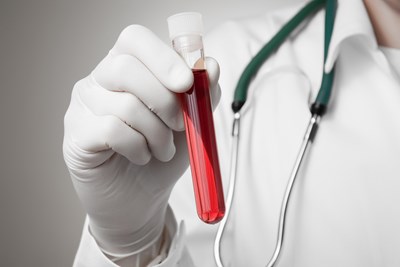Prompt and precise diagnosis of HIV is crucial so you and your doctor can begin working toward treatment in the event that you do, in fact, suffer from the condition. Below are methods used to diagnose HIV. Educating yourself about these testing methods will not only alleviate possible fears you may have, but also help you ask your doctor relevant questions about an HIV diagnosis.
HIV diagnosis is all about detecting the antibodies or the antigen in your system. The body fluids used for testing include serum, plasma, oral fluids, or whole fluids. The test can take as little as 30 minutes for the results to come through.
Enzyme Immunoassays (EIA)
This is a quantitative method of determining the existence of HIV antibodies. It determines the existence of both HIV-1 and HIV-2 in your body. The clinician will acquire the serum from your body and take it through several incubation and washing steps, after which a color reaction will occur if the antibody is present. An automated reader is at hand to determine the color intensity. The intensity reflects the amount of antibodies present in your body.
Western Blot
This test is used to confirm or negate results from EIA tests. Positive EIA and Western blot tests confirm an HIV infection. A negative Western blot test can mean that an EIA result was a false positive. The Western blot test utilizes a cellulose strip to detect antibodies that are for specific HIV antigens found on the cellulose strip.
HIV P24 Antigen Tests
This is the core protein of the HIV virus. EIA can detect this antigen in your body before it can even detect the antibody. The test can detect the antigen six days before the antibodies become reactive in your body. This test is suitable for diagnosing pediatric HIV-1 infections. Additionally, if you are also planning to store blood in a blood bank, this is the test that will most likely be used.
CD4 T-Lymphocyte Tests
These tests determine the CD4 T-lymphocyte counts in your body and the clinical prognosis of HIV. If you are to start on anti-retroviral therapy (ART), this test determines the criteria. This is also used to monitor your response to ART over time.
Viral Load Tests
This is a quantitative molecular assay that measures the amount of HIV in blood products. The test is used to predict the direction the disease will take in your body. It is also an appropriate test to determine when to initiate ART for you. After initiation of ART, this test helps monitor the way you respond to treatment.
HIV Rapid Tests
These tests detect HIV antibodies and can identify both HIV-1 and HIV-2. The tests are as reliable as EIAs. This test uses a small volume of serum to produce the results you need. The test provides same-day diagnosis and counseling. It only takes 30 minutes or less for diagnosis. The test does not require special equipment for you to get the results you need.




